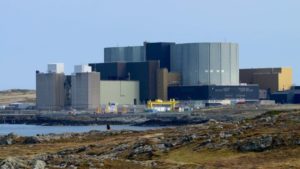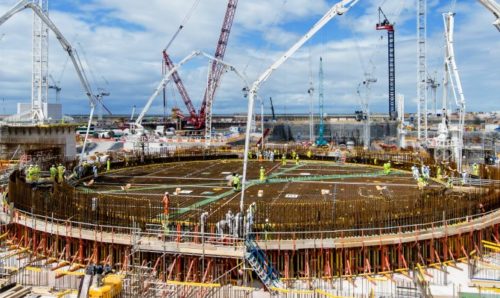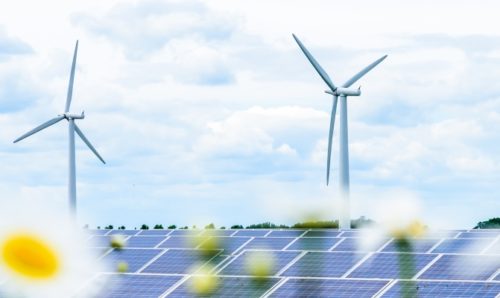Wylfa Newydd: Why the opposition?
New nuclear 5th April 2017
The recent protests against the proposed Wylfa Newydd nuclear power station have brought to the media’s attention a very pressing issue: lots of people don’t want to live near nuclear power stations. While public support for nuclear power outweighs opposition [1], proposed nuclear sites often face resistance from local communities. This is despite the promises of improvements to infrastructure and many thousands of jobs. So why do people not want to live near nuclear power stations?
With the events of the Fukushima Daiichi disaster still fresh in many people’s minds, the worry of another disaster is a major concern for many. But with ever improving safety standards and the threat of a 9.1 magnitude earthquake near Anglesey very low, is safety truly an issue? Unfortunately many of these concerns are indicative of a more general mistrust towards the nuclear industry, which predates modern nuclear power station health and safety standards. Repairing this trust is going to be a long process and one which is not helped by the delays and increasing costs of many new build nuclear reactors, such as Flamanville 3 [2] in France, and Hinckley Point C in the UK [3].

Whilst many jobs will be created by the construction of Wylfa Newydd, it is feared that many of the jobs will be outsourced away from the local population. Indeed, it is anticipated that as little as 45% of the workforce used during construction is anticipated to be local [4]. This has faced strong disapproval from Anglesey council, who are looking to maximise the benefits to the local community. Another concern is the effect the nuclear power plant could have on the surrounding scenery. The Anglesey coastline is an area of outstanding natural beauty. Residents see much of the infrastructure, such as pylons and cranes, as an intrusion on the aesthetics of the area. However concessions have been made in this regard; an underground tunnel containing the power cables will be constructed under the Menai Strait [5].
Increased engagement and openness with the public is essential in improving the opinion of local residents with regards to local nuclear power stations. While some issues surrounding Wylfa Newydd have been solved by public debate, such as the underground power tunnel, many concerns still remain for local residents. A Neighbourhood Support Scheme [6] has been put in place by Horizon Nuclear Power to soften the impact, but it seems like these kind of schemes do little to sway public opinion. If nuclear power is to play a large part in the future of the UK energy plan, more incentives may need to be put in place to improve the popularity of nuclear plants within the local communities. If this is done then perhaps we will see much less opposition to new build nuclear.
References:
[1] Energy and climate change public attitude tracker, Department for Business, Energy and Industrial Strategy, 2017. [2] https://www.theguardian.com/environment/2016/jul/27/flamanville-france-edf-nuclear-reactor-hinkley-point-c [4] http://www.bbc.co.uk/news/uk-wales-north-west-wales-37760082 [5] http://www.bbc.co.uk/news/uk-wales-30746081 [6] http://www.horizonnuclearpower.com/wylfa-newydd-neighbourhood-support-scheme




I feel there’s a juxtaposition here that doesn’t sit right. People inherently don’t trust nuclear but are wanting the jobs to be preferentially given to the local populus who aren’t necessarily nuclear workers or in industries pertaining to. A safe work force is an appropriately skilled workforce, not the ones who happen to live closest surely?
Sarah I think the problem lies in the lack of training for local people. To gain an education in nuclear science you have to leave Wales which a lot of local people don’t have the means to do. Horizon are now investing in apprenticeship scheme’s which will hopefully help this problem, but the main issue for local people is that they don’t even have the chance to be trained to work at Wylfa.